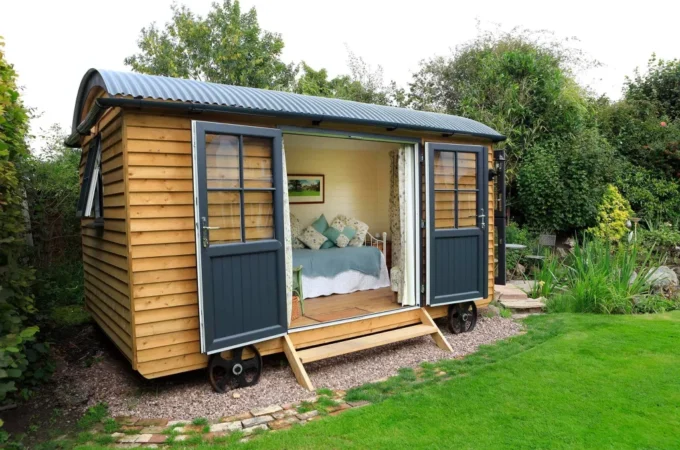
What Are Raised Beds Used For?
Raised garden beds are a popular garden tool that has become increasingly common in recent years. Raised bed involve constructing boxes or frames filled with soil, compost, and other materials to form an elevated growing space for plants. They offer several advantages over traditional planting methods, including better drainage and improved soil aeration. Keep reading to learn about the uses of raised beds.
What are Raised Beds?
Raised beds are a gardening tool that is becoming increasingly popular among gardeners. Raised beds involve building the soil into mounds or boxes, usually between one and four feet high, to create an area where plants can be grown more effectively. Raised garden beds have many advantages over traditional ground-level gardens, such as improved drainage, increased air circulation around the roots of the plants, less weeding, and easier access for people with physical disabilities. Raised bed gardening also allows you to create different micro-climates within your garden by changing the location of each raised bed according to its specific needs.
With this kind of versatility and convenience, it’s no wonder raised beds are quickly becoming one of the most popular methods for growing vegetables at home! Raised bed gardening can provide a rewarding and productive experience for the home gardener. With careful planning, suitable soil and other materials, and a little know-how, anyone can create a beautiful raised bed garden in their backyard. Raised beds are an ideal way to bring texture, beauty, and productivity to any outdoor space, making them an excellent choice for novice and experienced gardeners.

What are Raised Beds Used for?
Raised beds can help you grow vegetables, herbs, and flowers in your garden. Raised beds are ideal for small spaces, as they allow you to maximize the area available for growing plants. Raised beds also provide better drainage and improved soil quality because of their higher elevation compared to other gardening areas. With raised beds, it’s easier to control the depth of planting soil and create an environment that is well-suited for whatever type of plant or crop you choose to grow. Additionally, raised bed gardening can help reduce weeds by making it more difficult for them to take hold of your garden. Raised bed gardening is becoming increasingly popular among home gardeners due to its many benefits and versatility.
Raised beds can also be used for growing perennials, annuals, shrubs, and even trees if their height does not exceed the raised bed walls. Raised bed gardening allows you to customize the soil type and nutrient levels needed for optimal plant growth. Raised beds are a great way to create a beautiful, functional, and productive garden space. With their many benefits and versatility, it’s no surprise that raised bed gardening is growing in popularity. So if you’re looking for an easy and rewarding way to start growing your food, look no further than raised beds.
Last Words
Another benefit of raised bed gardening is better drainage. By elevating the soil, you can ensure that excess water drains away from the roots of your plants, preventing root rot and other water-related problems. Raised beds maximize the potential of your garden, whether you’re looking for an easy-to-maintain space or want to start growing vegetables. Raised beds can help improve soil drainage and aeration, reduce weed growth, and make harvesting easier. They also let you create more exciting designs in smaller areas than traditional gardening techniques allow. Raised bed gardens provide plenty of benefits that make them well worth considering if you’re planning on starting a new garden this year.




